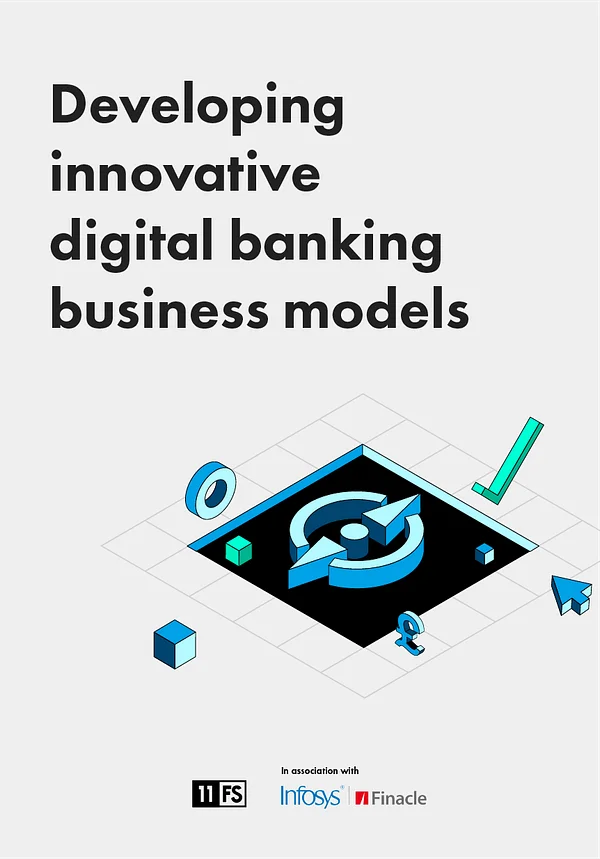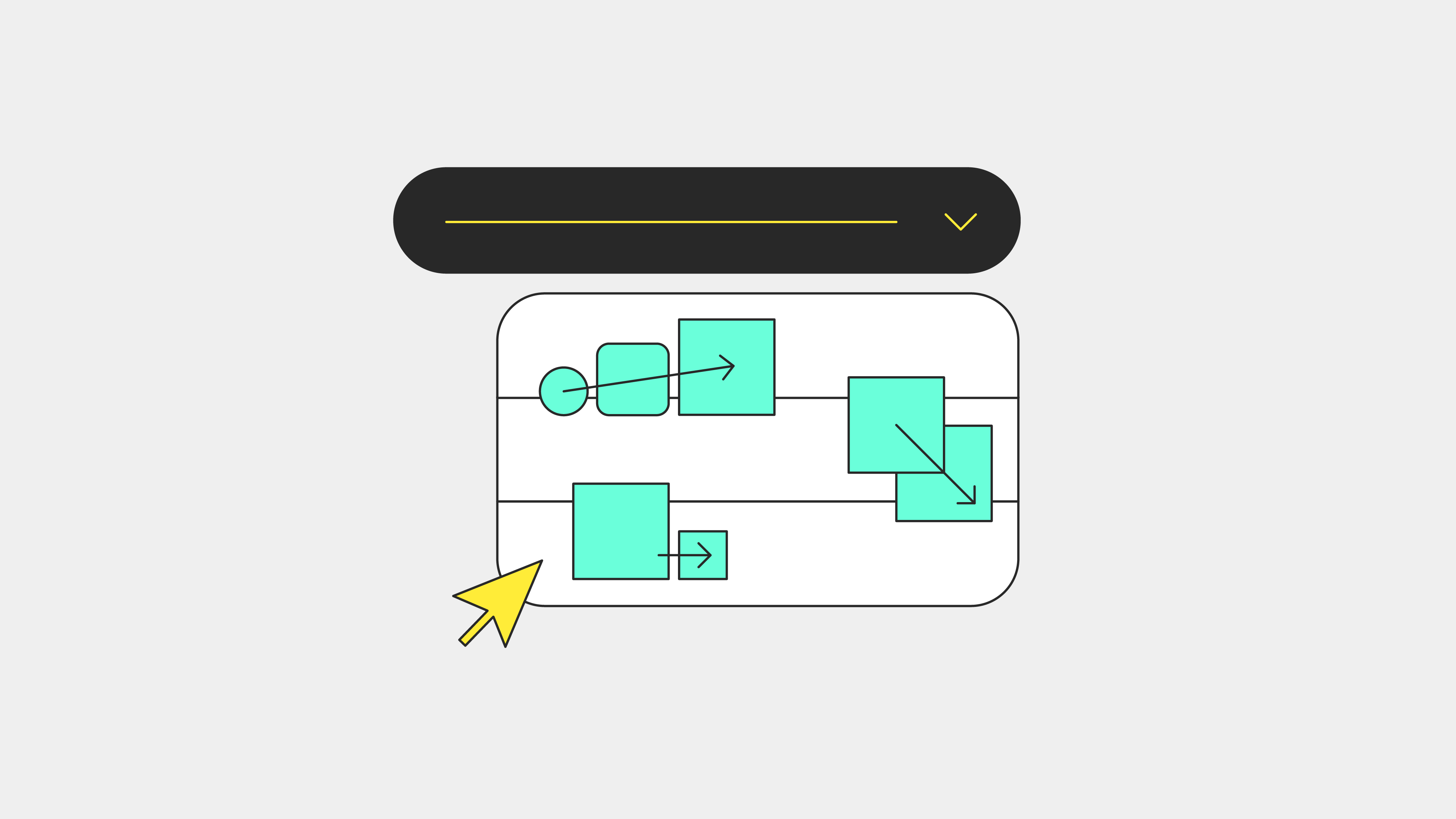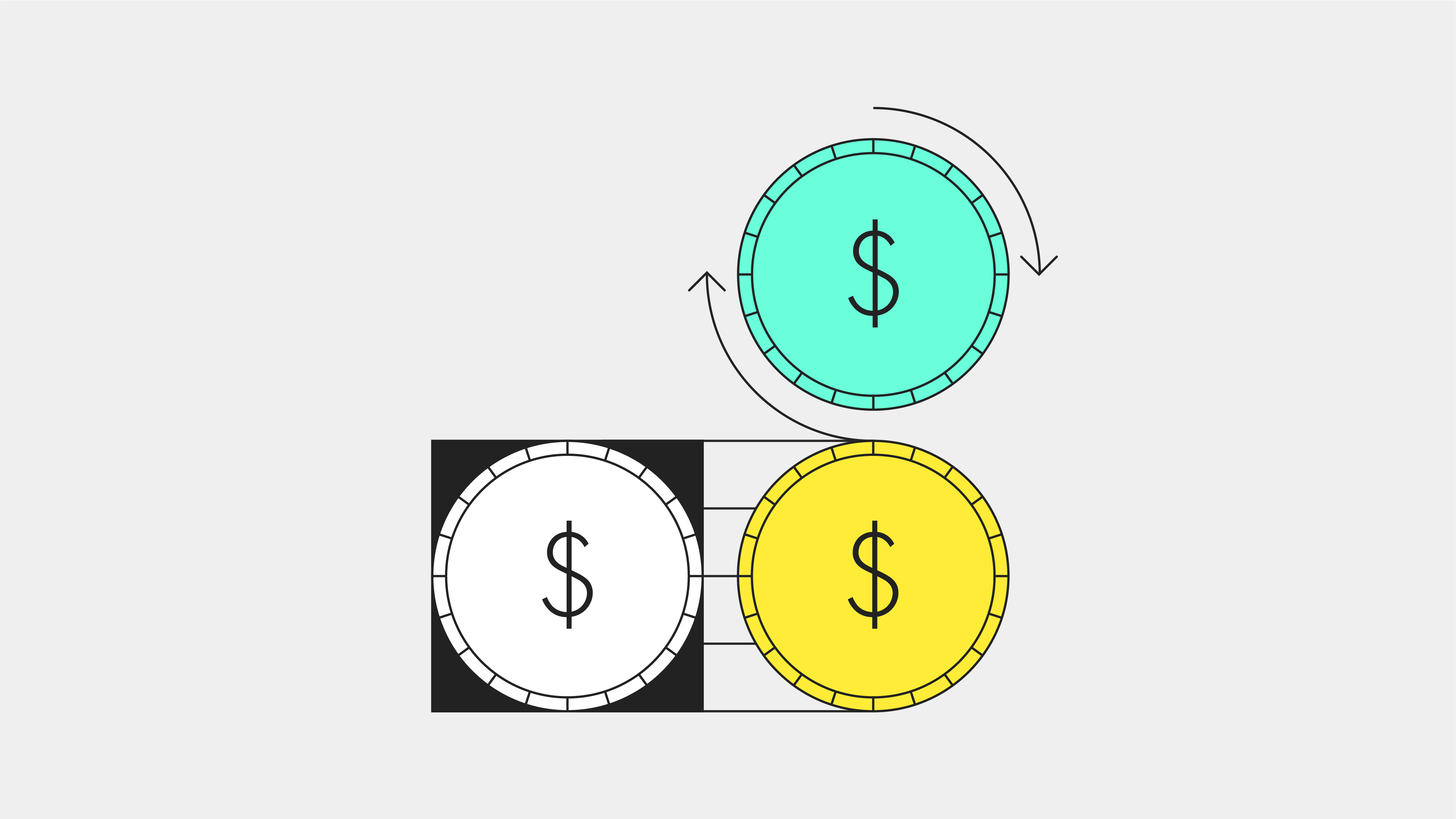The second episode of our brand-new video series, Decoding: Banking as a Service, is here! If you missed it (or any of the others) catch up here. Here’s a rundown of this episode if you prefer reading to watching 📖
What is embedded finance and how does it work? 🧐
Embedded finance isn’t really designed to be finance at all. When you create a user journey that addresses common pain points - whatever that may be - and you happen to incorporate a financial element, that’s embedded finance. The end user shouldn’t really notice the finance if it’s properly embedded; it just becomes a part of the product.
It’s finance that shows up just when you need it.
Simon Taylor, 11:FS
The concept of embedded finance is nothing new, it’s just the way we use it has changed. For instance, when you go to a hotel, the first thing you do is check in at reception. This is fundamentally for two reasons. The first is so the hotel can extend its brand by forging a human connection with you. The second is for the hotel to collect payment from you.
The difference is that, now, software has come in and replaced a lot of these human interactions to make the process smoother and more efficient.
The benefit to the customer is what we call ‘contextual finance’. They get to use the financial tools they need in the context of another offering. For the brand, on the other hand, embedding finance at the point of need gives them more relevancy - it helps them drive more customer engagement and loyalty in the long run.
What is modular finance? 🧱
Once upon a time, banking used to be tightly integrated. Banks wore multiple hats - they were responsible for preventing fraud and financial crime, connecting to payment systems and much more. As a consumer, you got all of your financial products and services from one place and one provider.
With modular finance, however, companies operating within the stack can focus on their area of expertise and become truly the best at what they do, instead of building the entire stack themselves. This allows best in class providers of each of these areas to emerge and provide the building blocks for brands to pick and choose the services that are right for them.
Omri Dahan, CRO at Marqeta, compares it to making a mixtape. Back in the 80s, you’d go and buy your favourite artists’ albums, burn the songs you liked from each and put them all together on one mixtape.
It’s a ‘choose your own’ adventure.
Mike Douglas, Galileo
A great example of embracing modular finance was when banks like Starling and Monzo launched the capability to switch off gambling transactions to protect their most vulnerable customers.
Being able to deselect a certain merchant category code is something businesses like GPS have offered since day one, but more and more fintechs are learning how to capitalise on these capabilities.
How will embedded finance evolve? 🔮
Eventually, embedded finance will allow us to completely reimagine what finance should look like across every industry.
As embedded finance evolves, we’ll start to see more contextually relevant financial services instead of stand-alone services, such as mortgages or loans.
Let’s take the mortgage industry, for example. People often think that they need a mortgage. They don’t: what they need is to buy a house, and a mortgage is simply one of the boxes they need to tick along the way. A great example of a contextually relevant service would be the real estate agent embedding mortgages into their offering. By making it a core part of the house hunting process, they would cut out the need for people to source different services from different providers.
Or if you look at the size of the insurance and payments markets, for example, some businesses in these areas are incredibly successful. They’re worth about $3.6 trillion in market cap today, but if the way they distributed their financial products changed, how would those markets shift?
Who would the winners and losers be if distribution changed?
Ewan Silver, 11:FS
But it’s not quite there yet. Service providers are still plugged into different infrastructure, which is slowly changing.
It’s crucial that players in the BaaS ecosystem enable and adopt embedded finance for the right reasons. Brands who see it purely as a cost cutting exercise or to help them outsource something could very quickly fragment their customer experience, rather than enhance it.
It comes down to having the right product managers and tech teams in your business. They’re the ones designing the layers that will help you plug and play software to suit your customers’ changing requirements.
Ultimately, it’s a double edged sword, and it’ll be interesting to see who uses it to their advantage.





.svg)
.svg)









